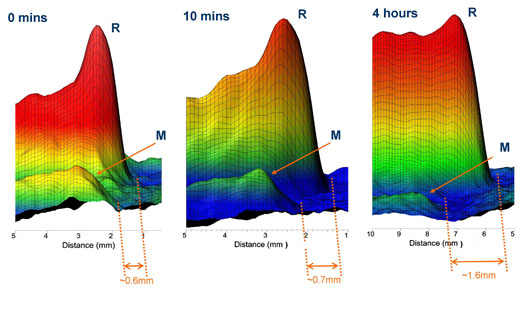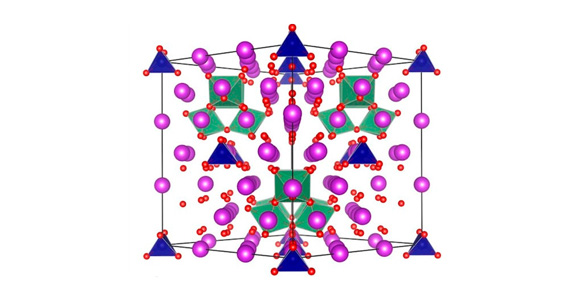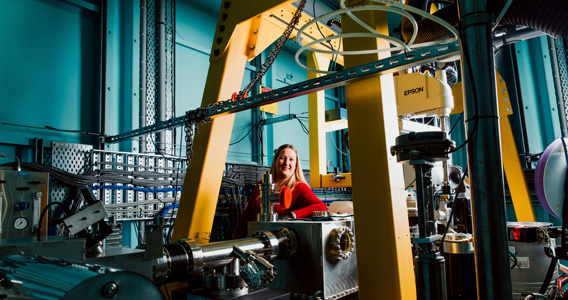The Advanced Diffraction and Scattering Beamline will be optimised for a range of leading-edge diffraction and scattering techniques and will enable high-speed data acquisition and mapping from the smallest of samples. The beamline will cater to a wide audience, although it will be dedicated to diffraction, stress/strain mapping, imaging and tomography from a vast range of samples. The beamline will be designed to deliver mono- and poly-chromatic x-rays over an energy range of 30-120 keV, with a minimum spot size in the order of a few tens of microns.
Monochromatic diffraction techniques will be used for quantitative phase analysis, structure determination and refinement, pair distribution function analysis, high resolution stress/strain determination and phase mapping measurements. The high energies afforded by the beamline will allow for the penetration of bulky sample cells, giving greater scope for in-situ experimentation. Polychromatic diffraction will allow fast stress/strain mapping in bulk materials and facilitate the analysis of samples in confined geometries, such as those encased in environmental cells. In addition, transmission x-ray imaging will allow structural integrity and changes in bulk samples to be studied in a non-destructive manner. For analysis of samples in three dimensions, tomographic images can be taken to reconstruct the three-dimensional electron density distribution.
The Advanced Diffraction and Scattering Beamline will offer capability which is complimentary to existing diffraction instrumentation at the Australian Synchrotron and will allow access to techniques previously unavailable in Australia.
 Accumulated EDD patterns from electrochemical cells cycled for 0 and 10 min and 4 h viewed along the energy axis. The distance between the start of the rutile (R) and the Magneli (M) phase peaks at each end of the scan represents the thickness of the rutile layer.
Accumulated EDD patterns from electrochemical cells cycled for 0 and 10 min and 4 h viewed along the energy axis. The distance between the start of the rutile (R) and the Magneli (M) phase peaks at each end of the scan represents the thickness of the rutile layer.
Ref: Scarlett, N. V. Y. et al. (2009) J. Appl. Crystallogr. 42, 502-512.
![]() Download ADS Detailed Report 2011-09 (pdf, 2,244kb)
Download ADS Detailed Report 2011-09 (pdf, 2,244kb)
The members of the ADS Beamline Scoping Group are: John Daniels (UNSW), Matthew Rowles (CSIRO), Klaus-Dieter Liss (ANSTO), Richard Welberry (ANU), and Justin Kimpton (AS).
Enquiries may be directed to: John Daniels
Position: Lecturer at UNSW Materials Science and Engineering
Phone: +61 (0)2 9385 5607
Fax: +61 (0)2 9385 6565
Email: j.daniels@unsw.edu.au
Further Information
- Contact Andrew Peele or Kia Wallwork at asdp@synchrotron.org.au.











